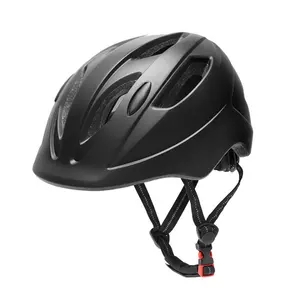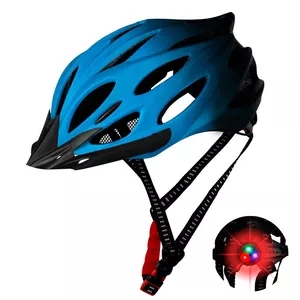Pedal-assist and throttle-controlled electric bikes are two popular types of e-bikes, each with its own set of features and benefits. Let’s break down the differences between them:
- Pedal-Assist Electric Bikes: Also known as pedal-assist e-bikes or pedelecs, these bikes provide assistance to the rider’s pedaling efforts. When you pedal, the electric motor kicks in to amplify your pedaling power. The level of assistance can usually be adjusted through different modes, allowing you to choose how much help you want from the motor. The motor automatically senses your pedaling cadence and applies assistance accordingly.
Pros:
- More natural riding experience: Pedal-assist mimics traditional biking since the motor only provides power when you pedal.
- Improved range: Because the motor only assists while pedaling, the battery tends to last longer, offering a greater range.
- Easier on the drivetrain: Since the motor engages in response to your pedaling, there’s less strain on the bike’s chain and other components.
Cons:
- Requires effort: Pedaling is necessary to activate the motor, so if you’re looking for a completely effortless ride, this might not be the best option.
- Less control: You can’t control the motor’s power directly; it’s tied to your pedaling input.
- Throttle-Controlled Electric Bikes: Throttle-controlled e-bikes allow you to control the electric motor’s power with a throttle similar to that of a motorcycle or scooter. You can accelerate and maintain a constant speed without pedaling. These bikes often come with pedal-assist modes as well.
Pros:
- Instant power: Throttles provide immediate access to electric power without needing to pedal, which can be beneficial for situations like starting from a standstill or climbing steep hills.
- No pedaling required: You can ride without pedaling at all, which can be appealing for those who want a more relaxed experience or need assistance due to physical limitations.
Cons:
- Reduced range: Throttle-controlled bikes tend to have shorter battery life compared to pedal-assist bikes, as the motor is providing power even when not pedaling.
- Less exercise: Since you can ride without pedaling, you might not get as much exercise as you would with a pedal-assist bike.
- Potential legality issues: In some regions, throttle-controlled e-bikes might be subject to different regulations or restrictions compared to pedal-assist bikes.
The choice between pedal-assist and throttle-controlled electric bikes depends on your preferences and intended use. If you’re looking for a more natural biking experience and extended battery range, pedal-assist might be the better choice. If you want instant power without much effort or need assistance without pedaling, a throttle-controlled bike could be more suitable. Additionally, be aware of local regulations and laws that might impact the use of these types of e-bikes in your area.





























